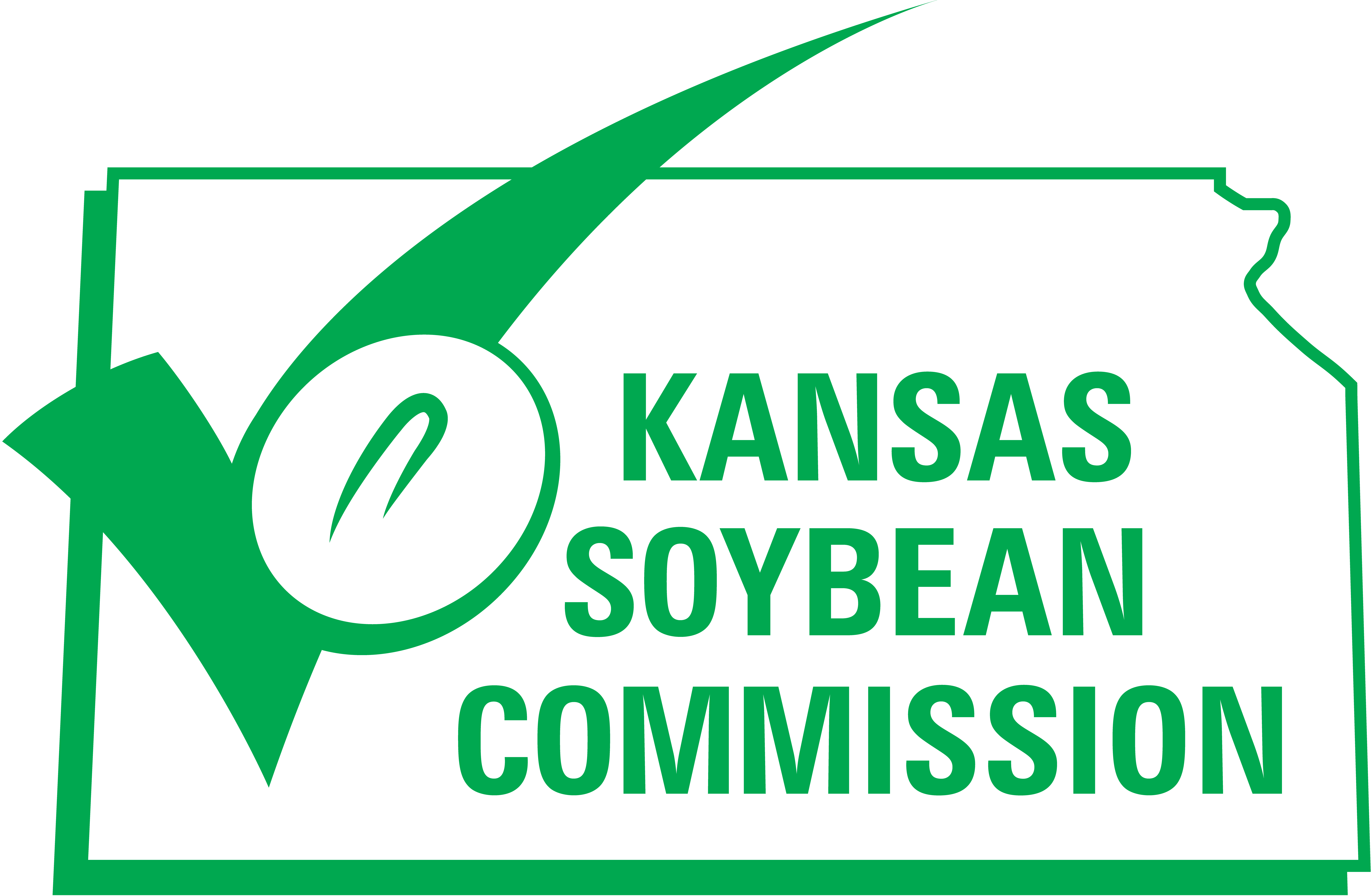Infrastructure, stepped up basis top news
The bipartisan bill centered on investments across the U.S. to improve physical infrastructure, increase broadband connectivity and more. Total funding comes to $1.2 trillion over eight years when combining new spending on top of existing baseline spending.
Measures to improve nationwide transportation comprised just over half of the total amount of new spending in the package. Such investments are a necessity, say Brett Neibling, a Highland, Kansas, farmer who represents District 1 on the Kansas Soybean Association board of directors.
He describes day-to-day situations where his ability to operate is hindered by failing infrastructure in his area. Just this summer, he says grain ended up sitting on a railway for an extended amount of time because it was held up by work that needed done. Closed bridges and roadways are an unnecessary obstacle but something dealt with often in rural America.
Poor physical infrastructure is not the only barrier to timely operations for Neibling. Harvest this fall was held up for 10 days when the technology in his grain bin system was out from broadband connectivity issues.
“Rural operations are really at an economic disadvantage without broadband access,” he says. “We need to invest in infrastructure.”
Critics of the bill cite overspending on top of the national debt in their opposition. Mike Steenhoek, executive director for the Soy Transportation Coalition frames the package as an investment that “allocates resources today for value tomorrow and beyond.” He says investments in transportation create assets that provide value to Americans for years to come.
Following the infrastructure bill, focus shifted to tax proposals in the reconciliation package. Early in the process, there were concerns that potential changes to the tax code would significantly harm family farm operations. The idea of eliminating or even altering stepped up basis on capital gains taxes or 1031 like-kind exchanges raised alarm for many farmers.
“I’m concerned about Congress coming after stepped up basis,” Neibling says. “It really can hurt generational farms.”
His multigenerational family farm is making plans for a transition now as Neibling’s grandfather is in his 90s. Farmer wealth is tied to the ground, he says, and that is hard to pass on without stepped up basis.
Capital gains taxes are dependent on assets and are calculated by subtracting basis from the sale price of an asset – land or agricultural equipment, for example. According to American Soybean Association economist Scott Gerlt, stepped up basis “provides a reset for the basis during intergenerational transfers.” It only allows taxes to be imposed on gains during an individual’s ownership, not on gains prior to that individual’s ownership.
According to a Texas A&M Agricultural and Food Policy Center analysis, the average capital gains tax in Kansas, if stepped up basis were eliminated with a $1 million exemption, would equal $590,450. heirs face a massive deferred tax burden without the protection of resetting basis upon transfer after death.
Andy Winsor, ASA director from Grantville, Kansas, says it could force land to be sold because there would not be sufficient cash to pay the tax amount. It is not only a financial issue, Winsor says, but there is an added emotional aspect. Many farmers have ties to their land, whether they have owned it for a long time or it has been in the family for decades. Selling it off to afford a capital gains tax could be devastating.
While such a proposal has been left out of legislation so far, groups such as ASA continue to monitor the bill as it navigates through Congress.
“I believe that Congress has heard what organizations are saying on this issue,” Winsor says. “It’s just a matter of continuing to share the message.”

